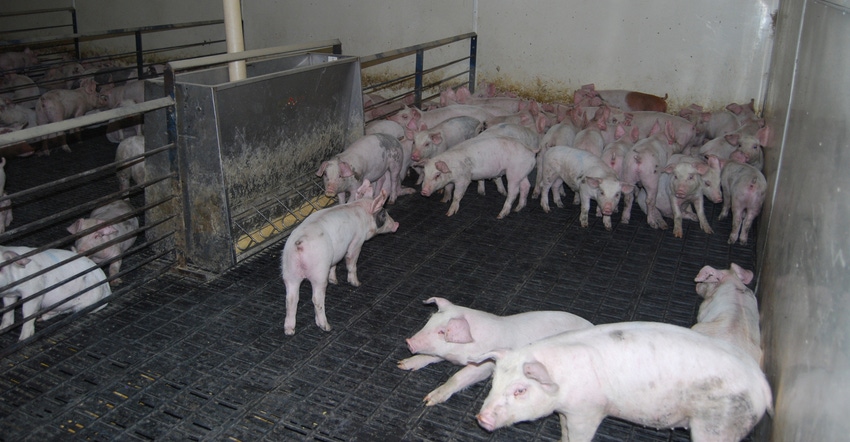April 21, 2017

Before USDA releases its quarterly Hogs and Pigs Report, market analysts, traders and others anticipate the numbers that USDA’s National Ag Statistics Service will report. Analysts use the relationship of inventories to other weekly reported data series and a general understanding of current market conditions to make estimates. They use prior quarterly Hogs and Pigs reports, especially the most recent one, as a reference starting point.
News services gather and report pre-release estimates approximately one week before USDA releases the Hogs and Pigs Report.
These pre-release estimates are important because they generally reflect the aggregate opinion, or forecast, of what data will be in the report. More importantly, these general expectations are often “bid into” market prices before the report’s release. Assuming markets are efficient, the market price for hogs reflects this pre-release information even before the report is available. Therefore, much of the market reaction following the report often is relative to the market’s pre-release estimates, not necessarily the actual increases or decreases in hog supply in the report.
Remember many factors beyond hog numbers help determine market prices. Those factors include, but are not limited to, input prices (i.e., feed and pigs), technology that changes supply (i.e., genetics, vaccines), changes in price and production risks, returns to competing products, unexpected disease outbreaks, weather at breeding time, and institutional factors (i.e., government policies).
Demand factors also play a role in determining market prices. Some of these include consumer income, consumer tastes and preferences, population size and distribution, and prices and availability of substitutes (i.e., beef and poultry).
Due to these other supply and demand factors, hog prices may not always move in the direction suggested by the Hogs and Pigs Report and pre-release estimates. The phrase “everything else being equal” would need to be used so that hog and pig numbers could be evaluated without simultaneously considering changes in these other factors.
Annually, USDA’s National Ag Statistics Service publishes Price Reactions after USDA Livestock Reports. The latest report was released March 16. This report includes quarterly and annual price reactions to Hogs and Pigs Report releases. Prices for the week prior to the release and week after the release are compared.
Markets do appear to bid expected information regarding the supply of hogs into prices before the report is released. The market does also respond to unanticipated information offered in the report. Or said differently, the report does contain information not forecasted prior to the report’s release. However, from a long-term perspective, price reactions tend to even out over time, and there appears to be no systematic effect on the hog market.
Schulz is the Iowa State University Extension livestock economist. Contact him at [email protected].
About the Author(s)
You May Also Like






